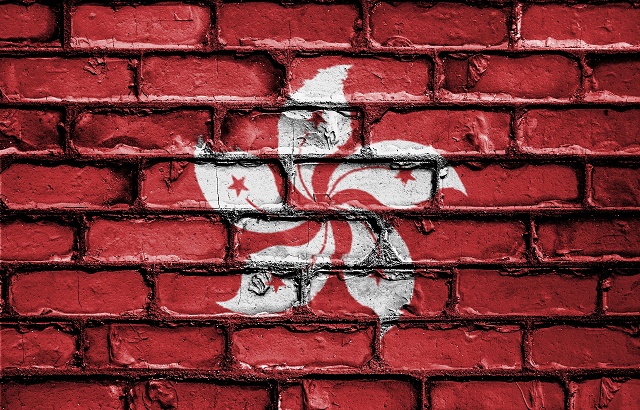For many years, Last Word has had an office in Hong Kong. Over the past four years, I have been fortunate to have had the opportunity to travel to Asia to represent International Adviser at our annual Future Advisory Forums in Singapore and Hong Kong.
So, to say that a few people expressed concerns about my going to the special administrative region (SAR) in October would be an understatement.
Media bias
The long-running protests need little explanation at this point. Ongoing since a bill was tabled in March 2019 that paved the way for extraditions to China, the clashes have featured heavily in the international news.
The bill has officially been declared dead, but that has not brought the matter to a swift conclusion, as was likely hoped by Hong Kong chief executive Carrie Lam, who introduced it.
As a journalist, I appreciate perhaps more than most that international events will usually only feature on the evening news around the world if they are shocking.
And I think everyone can agree that the footage of protestors clashing with the police in Hong Kong is just that.
But there has been little international coverage of the demonstrations beyond these alarming scenes.
Local reassurance
Speaking to my locally-based colleagues ahead of my trip, I was assured that the protests were well organised and people could very easily find out where they were and avoid them.
It was a little disconcerting, however, to find that Singapore’s Ministry of Foreign Affairs had recently issued a warning for its citizens to defer travelling to the SAR because of the demonstrations just as I was flying there.
Getting into a taxi at Hong Kong International airport, I will admit to feeling a little trepidation as we drove away.
It was after 11pm when the taxi exited the Cross-Harbour Tunnel that stretches between Kowloon and Hong Kong island.
The road was clear, traffic was flowing, there was little indication that anything had been going on.
The fare charged by the taxi driver, however, showed he was clearly benefitting from the closure of the main train route from the airport.
I had arrived, unperturbed, at my destination.
Getting around
What followed was two days of meetings and chairing Future Advisory Forum Hong Kong.
Travelling around the city was relatively easy, although the most convenient entrance for me to use the Causeway Bay MTR (subway) was closed because it had recently been set on fire.
Perhaps the biggest group of unsung heroes of the long-running protests are the clean-up crews who manage to make it look as if very little damage has been done.
Other than a lot more graffiti – English and (presumably) Cantonese – the reassurances I had been given by my colleagues were entirely accurate.
Eyebrows had been raised when I told friends, family and colleagues that I was staying in Causeway Bay, as it has been one of the hotspots.
A few locals, however, shared a similar expression when I told them I was taking a couple of days holiday and moving to Mong Kok – a hotspot on the Kowloon side.
But even though there was more evidence that there had been protests in Mong Kok, smashed windows and burned out MTR entrances, I was able to move about freely and with little concern.
Two moments
With the above being said, I will admit to two instances where I changed my plans because there was an issue.
The protests have generally been held at the weekend, and on Sunday 13th I was unable to travel directly back to my hotel and had to use another MTR line to get over to Kowloon.
I was inconvenienced for maybe 20 minutes.
On the Monday night, however, I descended the steps at Central MTR station and was immediately greeted by the sight of around a dozen police officers in riot gear. They were standing reasonably casually together, as swathes of young-looking people filmed them on their phones.
The crowd was standing between me and the train I wanted to get on.
So, I made the decision to follow the same circuitous route I had taken the night before rather than push my way through the throng.
Final thoughts
I was in Hong Kong for a week. I met with locals and expats who work in the financial services sector and the biggest take away from those meetings was that businesses are continuing to function, people are still turning up for work and the day-to-day grind continues.
Having an awareness of where demonstrations are taking place means that the vast majority of people haven’t even seen one.
It’s unclear how the situation will be resolved.
But, as I sat in the departure lounge at Hong Kong International, I felt grateful for having been able to come and see for myself what was going on.
Speaking to friends and industry contacts ahead of my trip, I was sceptical of what they were telling me.
I now know exactly what they were taking about when they said the situation was nowhere near as bad as depicted on TV.








